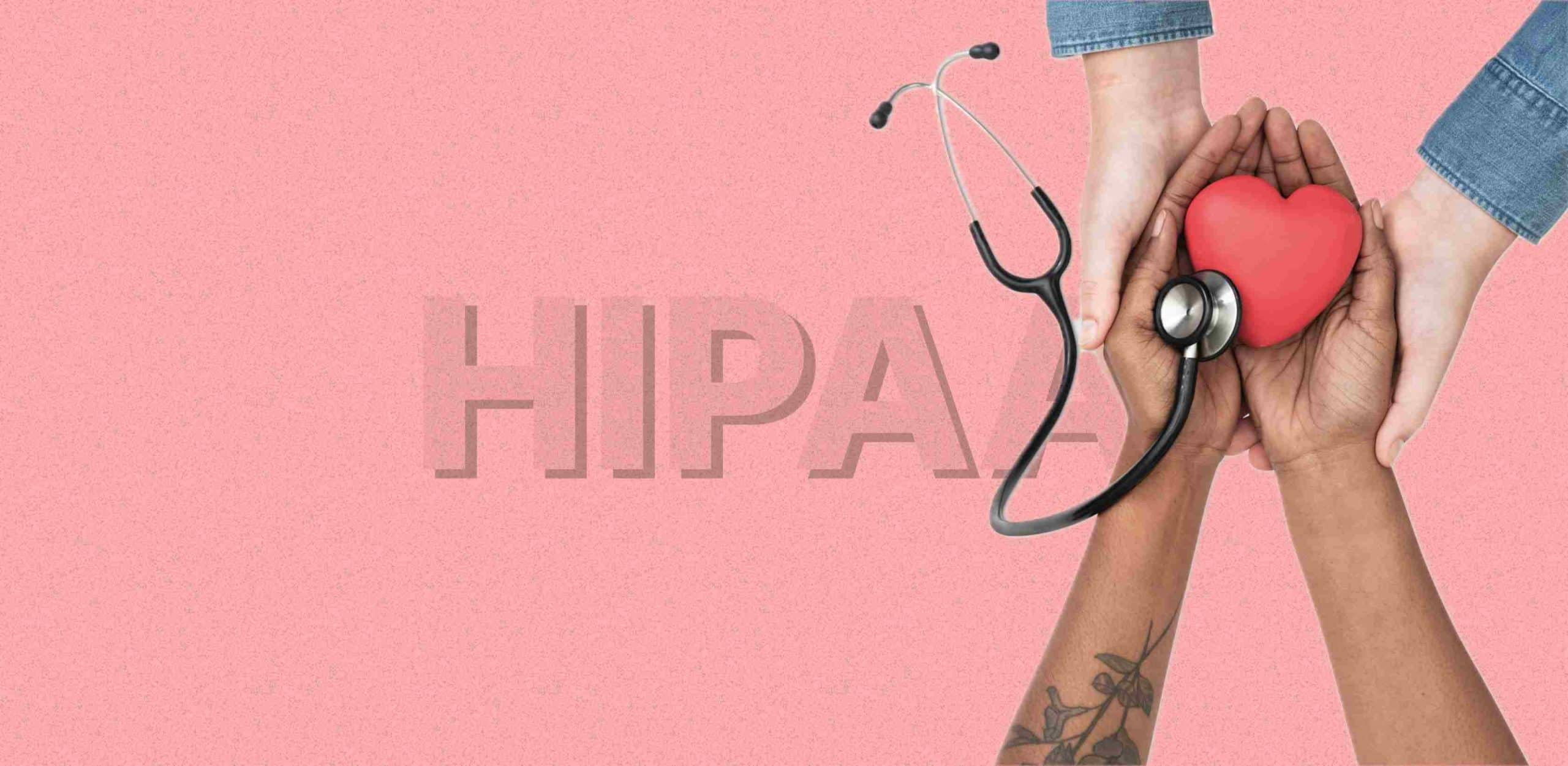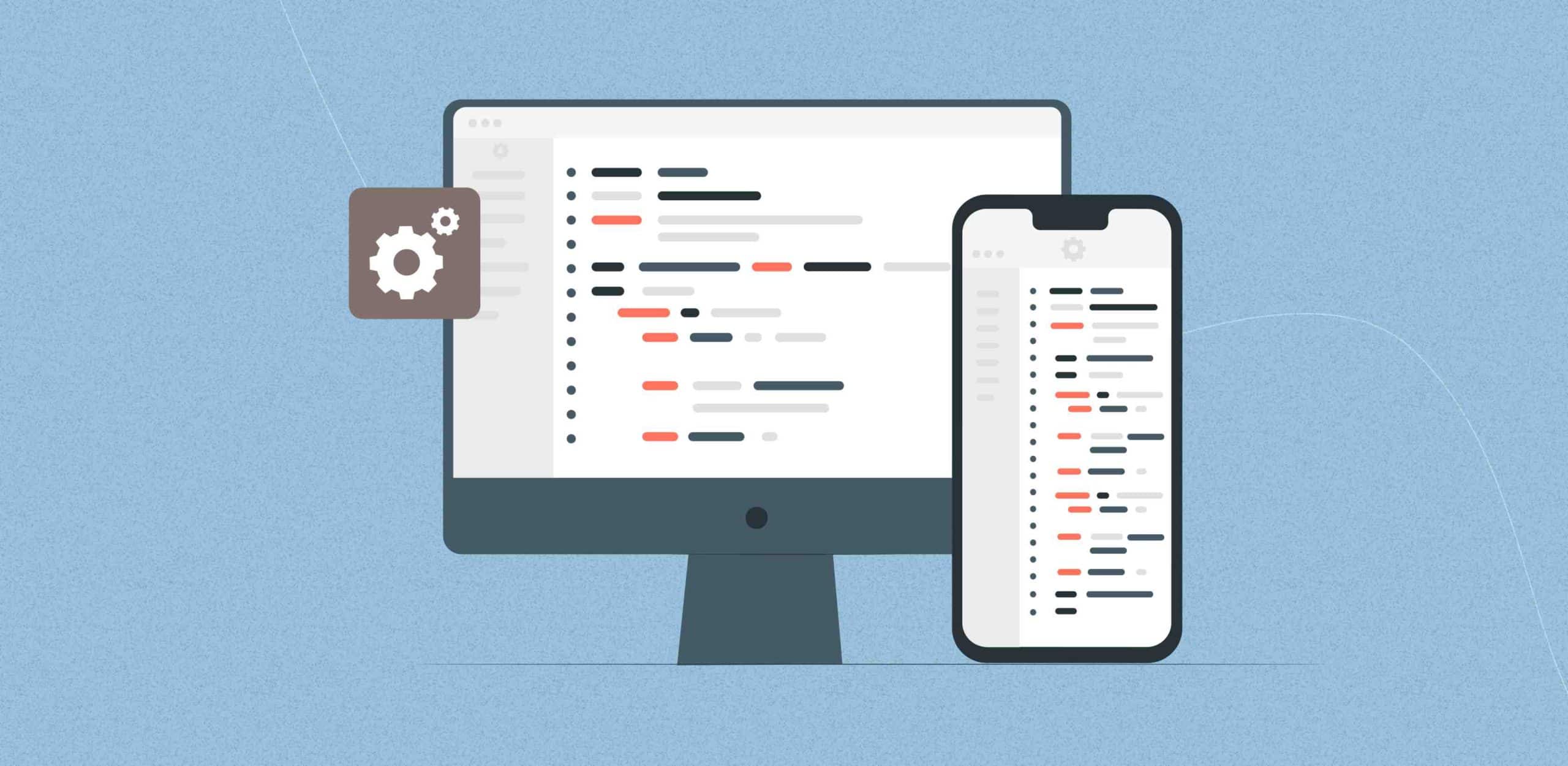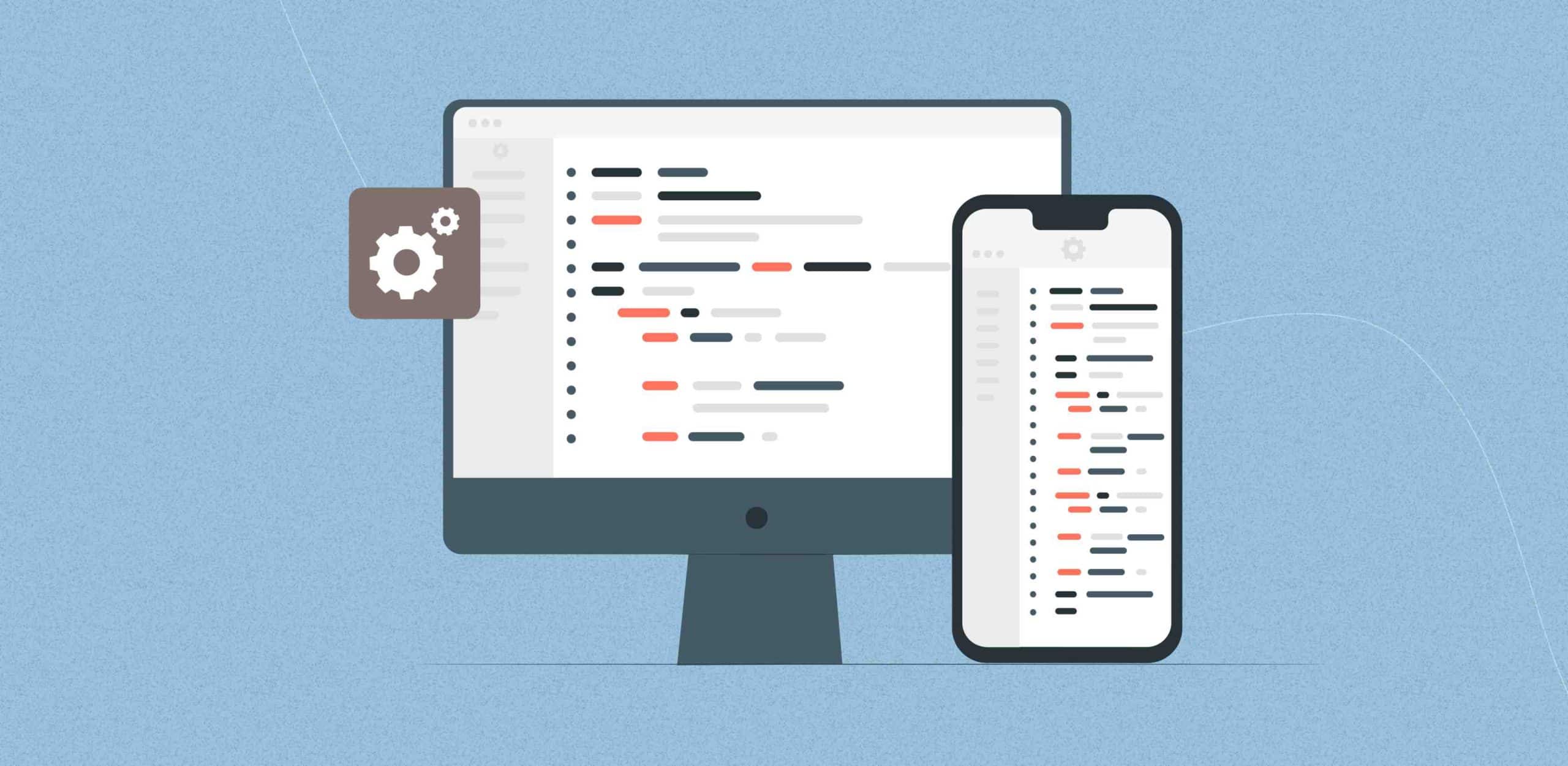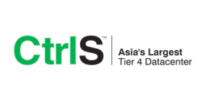HIPAA-compliant healthcare software is pivotal in an era where digital health information plays a critical role. This type of software ensures that patient data is protected and that privacy standards are rigorously upheld, fostering trust and safety in healthcare environments.
In this blog, we will guide you through the essentials of creating software that not only meets the Health Insurance Portability and Accountability Act (HIPAA) compliance standards but is also secure and reliable.
What is HIPAA-compliant Healthcare Software?
HIPAA-compliant healthcare software is specifically engineered to adhere to the stringent standards set by the Health Insurance Portability and Accountability Act (HIPAA). This act establishes the legal framework for the protection of sensitive patient data, which is commonly referred to as Protected Health Information (PHI). Such software plays a crucial role in the healthcare industry by ensuring that all interactions involving PHI are conducted under rigorous security measures.
What are the features of HIPAA-compliant Healthcare Software?
HIPAA-compliant healthcare software incorporates a comprehensive suite of security features that are designed to protect patient health information (PHI) in compliance with HIPAA regulations. These features address various aspects of data security, from encryption and access control to data integrity and audit trails. Here is a detailed look at each of these features:
- Data Encryption: Data encryption is a fundamental feature that secures PHI both at rest (stored data) and in transit (data being transmitted). Encryption transforms readable data into a coded format that can only be read or processed after being decrypted with the correct key. This prevents unauthorized access by ensuring that even if data is intercepted, it remains unreadable to the intruder.
- User Authentication: This security measure verifies the identity of users attempting to access the system. Authentication may involve something the user knows (a password or PIN), something the user has (a security token or smart card), or something the user is (biometric data, like fingerprints or retina scans). This feature ensures that only authorized personnel can gain access to sensitive information, enhancing the security of PHI.
- Access Controls: Access controls are critical for ensuring that users can only access data necessary for their job functions. These controls are typically implemented using role-based access control (RBAC) systems, where permissions are assigned based on the user’s role within the organization. This minimizes the risk of PHI being accessed or modified by unauthorized users and helps prevent both accidental and deliberate data breaches.
- Audit Logs: Audit logs record detailed information about activities within the system, such as who accessed PHI, what actions they performed, and when these actions occurred. This not only helps in monitoring and reviewing user activities for security purposes but also provides a critical tool for compliance audits and potential legal investigations.
- Transmission Security: To protect data during transmission, HIPAA-compliant healthcare software employs transmission security protocols like HTTPS, Secure Sockets Layer (SSL), or Virtual Private Networks (VPNs). These technologies encrypt data before it is sent over a network, safeguarding it from interception or tampering during transit.
- Entity or Person Authentication: This feature extends beyond individual user authentication, ensuring that any entity or organization interacting with the software is also verified. This is particularly important when exchanging data between different healthcare providers or with third-party partners. It ensures that only verified and authorized entities can access or exchange PHI.
- PHI Disposal: Proper PHI disposal practices are essential to prevent unauthorized access to patient information after it is no longer needed. HIPAA-compliant healthcare software should include mechanisms for securely deleting electronic records, such as wiping or degaussing hard drives, and protocols for the destruction of physical records, such as shredding paper documents to a compliant particle size.
- Data Storage and Backup: Ensuring the integrity and availability of PHI involves secure data storage and robust backup systems. Data storage solutions should have physical and technical safeguards to protect against unauthorized access and data corruption. Regular backups and tested recovery procedures are crucial to restore data in case of loss, such as from hardware failure, natural disasters, or cyber-attacks./li>
How to build a HIPAA-compliant Healthcare Software?
Developing HIPAA-compliant healthcare software is a meticulous process that requires adherence to several critical steps to ensure the protection and confidentiality of patient health information (PHI). Here’s a detailed guide on how to accomplish this:
- Conduct a Thorough Risk Analysis
The first step in building HIPAA-compliant healthcare software is conducting a comprehensive risk analysis. This process involves identifying potential vulnerabilities that could affect the PHI your software handles. Assess the risks associated with each vulnerability, considering both the likelihood and impact of a data breach or other security incidents. Once the risks are identified, implement appropriate measures to mitigate them. This could include technical safeguards, administrative policies, and physical security controls. - Implement Strong Encryption Methods
To protect data effectively, utilize advanced encryption standards both at rest and in transit. Encryption converts the original information into an unreadable form, which can only be reverted to its readable form with the correct decryption key. This ensures that even if data is intercepted during transmission or accessed unauthorizedly at rest, it remains secure and unusable to the intruder. - Ensure Proper Authentication and Authorization Controls
Authentication and authorization are critical for restricting access to sensitive information to authorized users only. Implement robust authentication mechanisms such as multi-factor authentication (MFA) to verify the identities of users trying to access the system. Following authentication, use authorization techniques to ensure that users can only access the data and actions necessary for their role within the organization. This helps in enforcing the principle of least privilege, significantly reducing the risk of unauthorized PHI access. - Maintain Detailed Audit Logs
Keep comprehensive logs of all access to and modification of PHI. Audit logs should record who accessed information, what information was accessed, and when it was accessed. These logs are essential for monitoring system activity and identifying suspicious behavior that could indicate a breach or compliance issue. Regular review of these logs helps ensure ongoing compliance with HIPAA regulations and can aid in the quick detection and remediation of potential security incidents.
Essential Components for HIPAA-compliant Healthcare Software Development
Developing HIPAA-compliant healthcare software requires integrating several critical components to ensure the security and integrity of patient data. Here are the essential components that should be included:
- Data Encryption and Decryption Tools: These tools are vital for safeguarding sensitive information. Implementing strong encryption algorithms such as AES (Advanced Encryption Standard) for both data at rest and data in transit ensures that information remains confidential and accessible only to authorized users. Additionally, secure decryption processes must be in place to allow legitimate access without compromising the data’s integrity.
- Secure Data Storage Solutions: The storage environment for protected health information (PHI) must be robustly secured against unauthorized access and breaches. This involves using secure servers, possibly with encryption at the storage level, and ensuring physical security measures are also in place. Cloud storage options used must comply with HIPAA regulations, and vendors should provide BAA (Business Associate Agreements) to ensure compliance.
- Comprehensive User Management Frameworks: Managing user access is a fundamental aspect of maintaining HIPAA compliance. This includes creating detailed access control policies that define who can view, edit, or share PHI. Authentication mechanisms, such as multi-factor authentication (MFA), ensure that only authorized personnel can access sensitive data. Additionally, user roles should be clearly defined and restricted based on the principle of least privilege (PoLP).
- Regular Security and Compliance Audits: Continuous monitoring and regular audits are crucial for maintaining compliance and ensuring that security protocols are effective. Conducting regular audits helps identify and rectify potential vulnerabilities in the software. It’s also essential to review and update security measures regularly to adapt to new threats. Compliance audits should be conducted at least annually or whenever significant system updates occur to ensure ongoing adherence to HIPAA regulations.
Experience the security and reliability of our HIPAA-compliant software firsthand.
Best Practices for Building HIPAA-compliant Healthcare Software
Adhering to best practices is not just beneficial but essential for the successful development and maintenance of HIPAA-compliant healthcare software. These practices ensure that the software not only complies with regulatory requirements but also provides robust security measures to protect sensitive patient data. Here are some key best practices to consider:
- Regular Updates and Patches
One of the most critical practices is to keep your software up-to-date with the latest security patches. This involves regularly reviewing and applying updates to the software components. Regular updates help protect against newly discovered vulnerabilities and ensure that the software can defend against the latest security threats. Establishing a routine schedule for checking and implementing updates will help maintain the integrity and security of your healthcare software. - Employee Training
To further reinforce the security of HIPAA-compliant healthcare software, it is crucial to regularly train all staff members who interact with the software on HIPAA regulations and cybersecurity best practices. Training should cover topics such as safe handling of patient data, recognizing phishing attacks, and secure password practices. Frequent refreshers and updates on training content are necessary as new threats emerge and regulations change. This helps create a well-informed workforce that can actively contribute to the security of the healthcare system. - Incident Response Plan
Developing a comprehensive incident response plan is another best practice that cannot be overlooked. This plan should outline clear procedures for addressing data breaches or security incidents. It should include steps for containment, investigation, notification, and remediation. Regular drills or simulations of security incidents should be conducted to ensure that the team is prepared and knows their roles in the event of an actual breach. This preparedness not only helps minimize the damage in case of an incident but also ensures compliance with HIPAA’s breach notification rules.
Cost of Building a HIPAA-compliant Healthcare Software
Determining the cost of developing HIPAA-compliant healthcare software involves considering a variety of factors that influence the final investment required. These factors range from the complexity of the software application itself to the robustness of the security measures that need to be implemented.
- Complexity of the Application
The more complex the application, the higher the development costs. Complexity can be dictated by the number of features, the level of user interaction required, and the integration with existing systems. - Scope of Protected Health Information (PHI) Handling
The extent to which the software needs to handle PHI also significantly affects the cost. Applications that manage extensive PHI records require more sophisticated security and data handling capabilities, which can increase development efforts and costs. - Technology Stack
The choice of technology—whether it’s a modern, cutting-edge stack or a more traditional one—impacts the cost. Newer technologies might offer enhanced security features but can be more expensive and require specialized skills. - Compliance Requirements
The level of compliance required with HIPAA guidelines can vary based on how the software is being used. Ensuring that the software meets all regulatory requirements for data protection, privacy, and security adds to the cost, as this often involves comprehensive testing and additional security certifications. - Security Measures
Implementing robust security measures such as encryption, secure data transmission, and secure storage solutions are essential for HIPAA compliance but also add to the development cost. Additionally, continuous monitoring and regular updates to address new security threats are necessary, which implies ongoing costs beyond initial development.
Conclusion
Building secure and HIPAA-compliant healthcare software is a crucial investment in the integrity of patient data and the trust of healthcare consumers. By adhering to the stringent standards set forth by HIPAA, developers can create software solutions that not only meet legal requirements but also advance the quality and security of healthcare services. The initial costs associated with developing such software are offset by the long-term benefits of safeguarding patient information and avoiding the substantial penalties for non-compliance.
If you are looking to develop HIPAA-compliant healthcare software or need more information on ensuring your healthcare solutions meet all necessary standards, do not hesitate to reach out. Contact us today to learn how we can assist you in developing secure, compliant, and efficient healthcare applications that stand the test of regulatory scrutiny and deliver exceptional value to providers and patients alike.
Let’s transform your business for a change that matters.
F. A. Q.
Do you have additional questions?
What is HIPAA-compliant healthcare software?
HIPAA-compliant healthcare software is designed to meet the stringent requirements of the Health Insurance Portability and Accountability Act, which involves safeguarding the privacy and security of protected health information (PHI).
Why is HIPAA compliance important for healthcare software?
Compliance ensures that patient data is protected from unauthorized access and breaches, which can lead to legal consequences and damage to patient trust.
What are the main features of HIPAA-compliant healthcare software?
Key features include data encryption, secure user authentication, access controls, and detailed audit trails to monitor who accesses patient information.
What steps are involved in building HIPAA-compliant healthcare software?
Steps include conducting a risk analysis, implementing strong encryption, ensuring proper access controls, and maintaining detailed audit logs.
What are some essential components of HIPAA-compliant healthcare software development?
Essential components include encryption tools, secure data storage solutions, user management frameworks, and regular security audits.
What are the best practices for developing HIPAA-compliant healthcare software?
Best practices include keeping the software updated, training employees on HIPAA regulations and cybersecurity, and having an effective incident response plan.
How much does it cost to develop HIPAA-compliant healthcare software?
The cost can vary widely based on the application’s complexity, the extent of PHI handling, technology choices, and compliance levels needed.
Can any software developer create HIPAA-compliant healthcare software?
While technically any developer can attempt to create such software, it requires specific knowledge of HIPAA regulations and cybersecurity best practices to ensure compliance and security.
How often should HIPAA-compliant healthcare software be updated?
Regular updates are crucial to address new security threats and ensure ongoing compliance with HIPAA regulations. It’s typically recommended to review and update the software at least annually or as new regulations come into effect.
How can I ensure my existing healthcare software is HIPAA-compliant?
Conduct a comprehensive audit of your software with the help of cybersecurity and compliance experts to identify any potential issues or areas for improvement, and implement necessary upgrades or changes.















